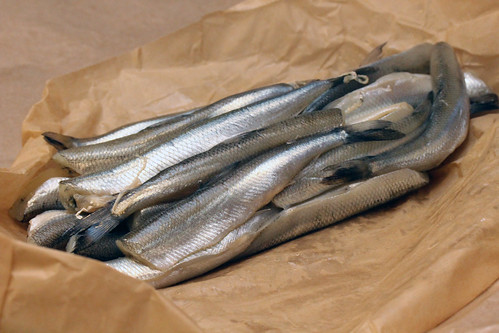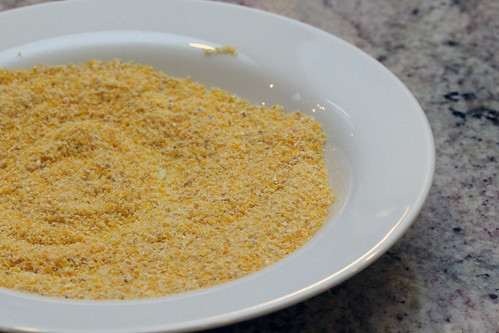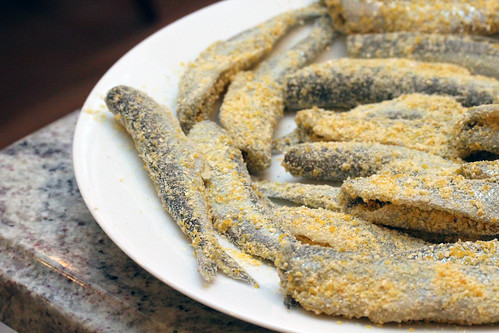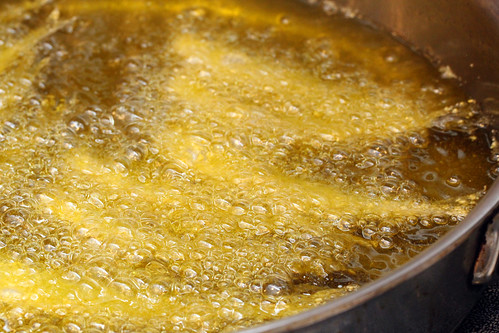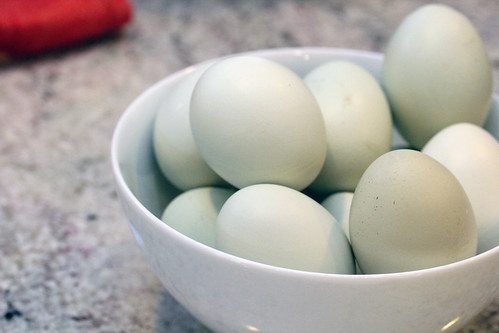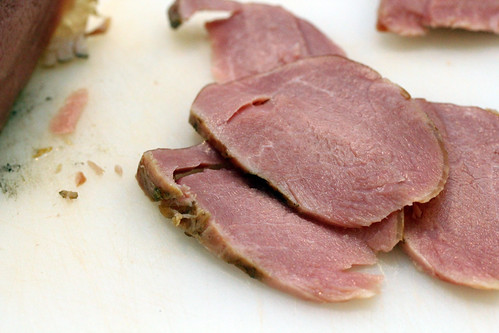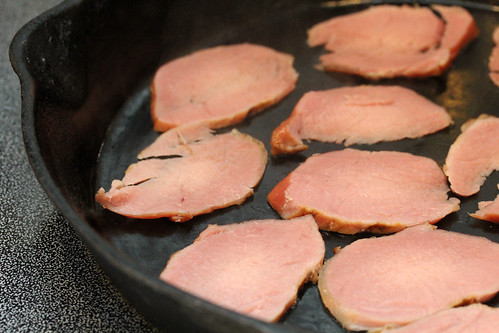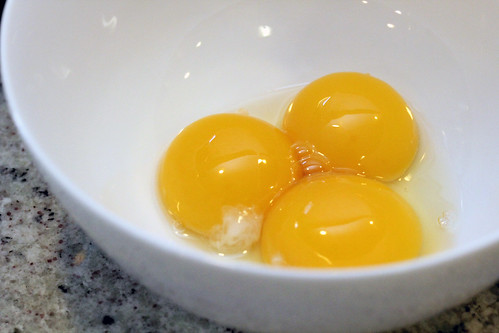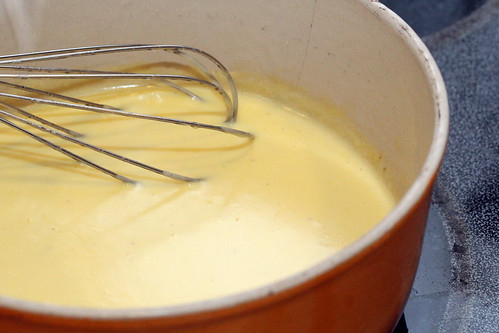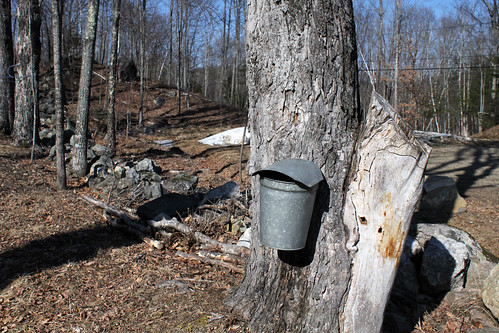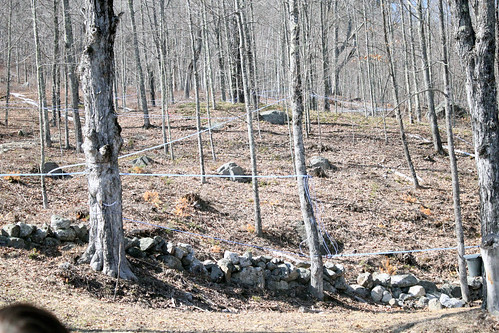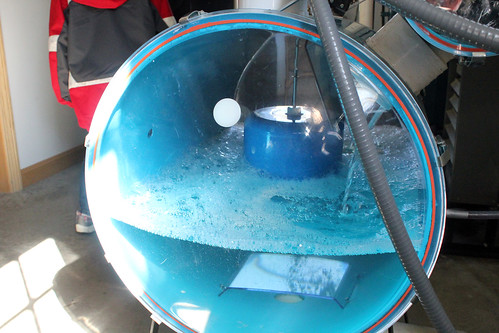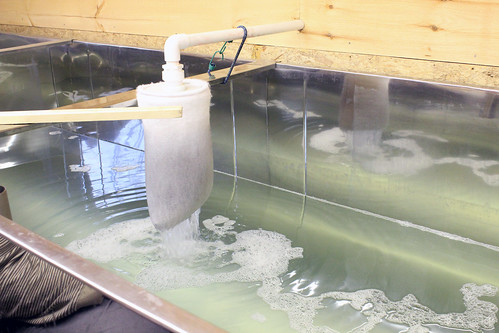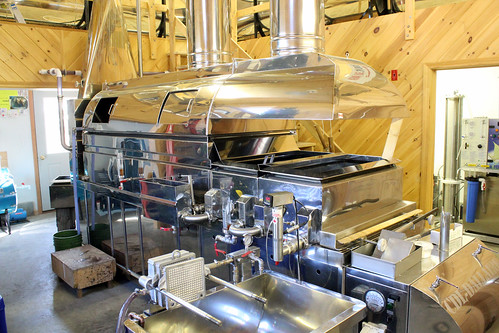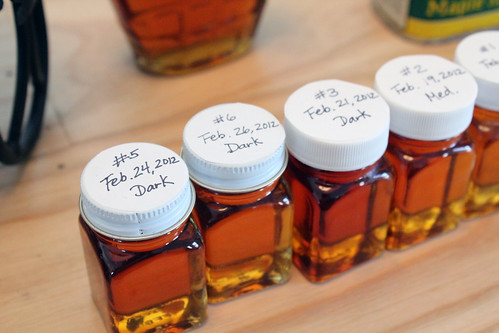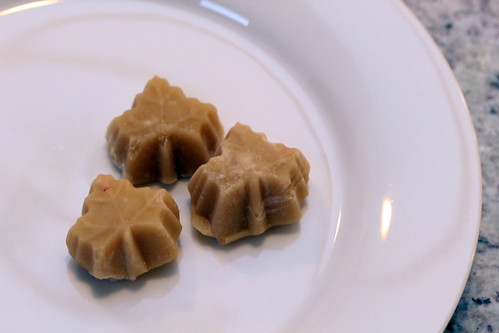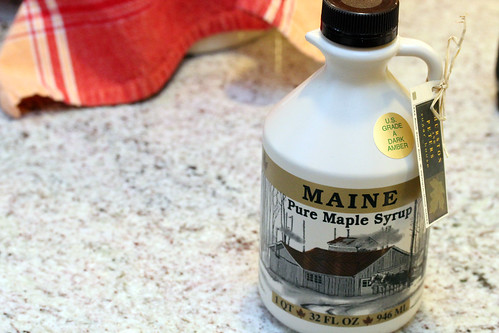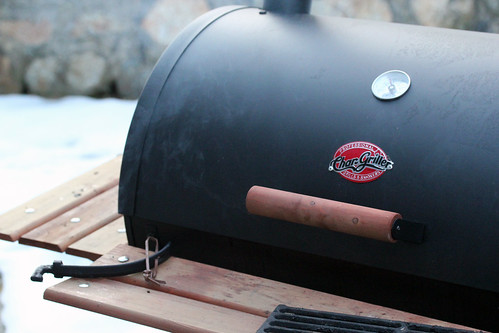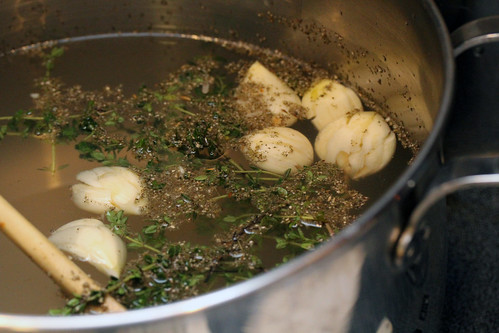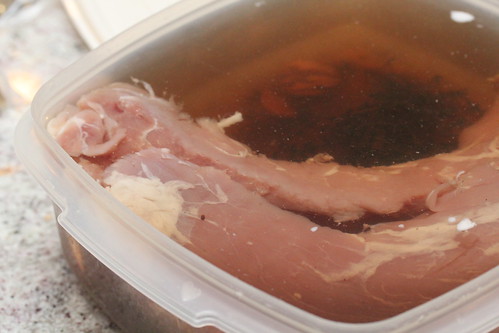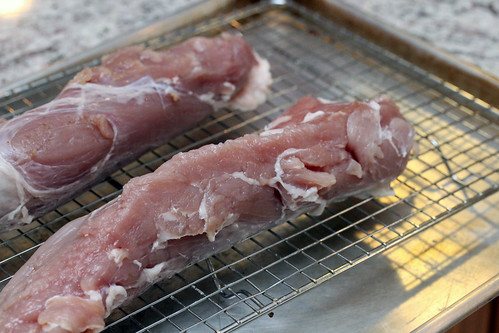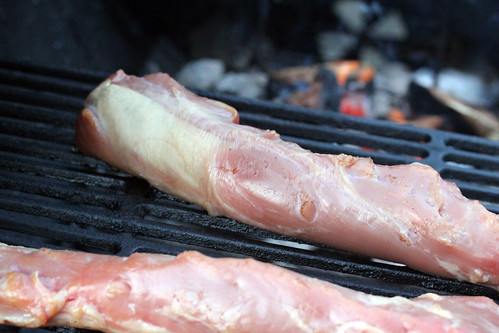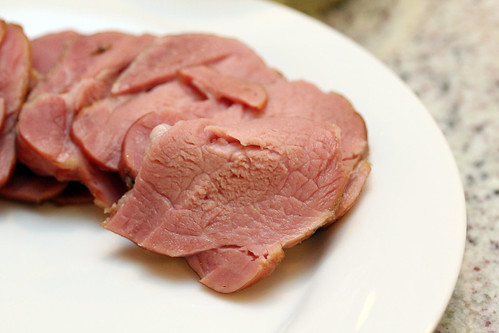I'm a microbiologist. But I had made neither cheese nor sauerkraut in my home (until recently). No home microbiology (save wine and mead fermentations) have occurred in my home. During the day, I'm working my butt off to develop a rapid, sensitive, diagnostic test for
Listeria contamination in food. Listeria is a deadly pathogen that can contaminate all kinds of food, but is most commonly associated with contaminated, unpasteurized dairy products. Given that I study food-poisoning, I'm rather more cautious in that area than most families.
It turns out, sauerkraut production is
pretty toxic to to many food pathogens. Sauerkraut production is basically making an environment that makes
Lactobacillus bacteria happy. If the salt concentration is high, and the environment is anaerobic, Lactobacillus will happily grow and piss out large amounts of lactic acid. Lactic acid is particularly toxic to non-lactic acid bacteria, translocating into the cell and dropping the pH of the cell in a way that many other acids don't. It's an excellent preservative. And it makes cabbage taste delicious. So win, win!
I used a sauerkraut recipe developed from a couple of
online sources, and a brine developed from
Charcuterie
.
You'll need one piece of specialized equipment. An inert container (i.e., not plastic or metal). Either a glass (not a good idea, you might break it) or stoneware crock, and an inert item to cover it. I used a tight-fitting stoneware plate.
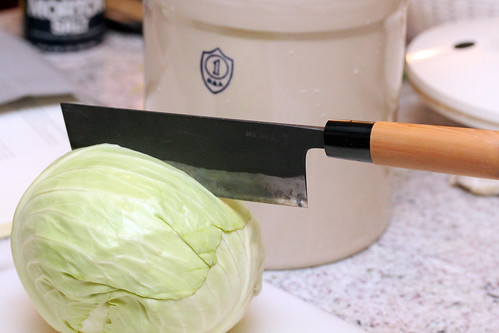
~ 2 lb cabbage (1 cabbage)
10 juniper berries
1 tsp caraway seeds
1 tsp yellow mustard seeds
1 tbsp sea salt
Chop the cabbage finely.
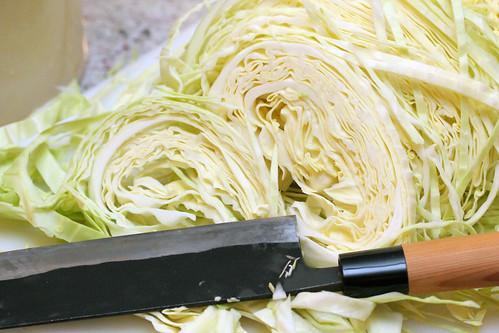
Mix with the salt, and pack it into the crockpot tightly.
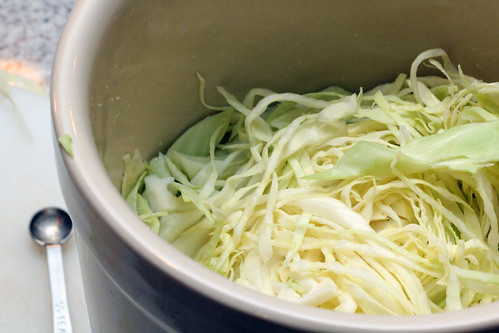
Sprinkle the herbs on top. Place your tight-fitting lid on top, and put something heavy on it. I used a 1 liter water bottle, and pushed down on it to squish the cabbage. This is important. The salt will draw out the water in the cabbage (pretty quickly, as it turns out - 4 hours after I mixed the cabbage and salt, water had filled up to the top). On top of the water bottle, I placed a tea towel, to keep out bugs and dust.
Every day, push down on the cabbage to squeeze out any air. Should it look like the water level is receding, top up with brine to keep all the cabbage submerged (to keep it anaerobic). Brine consists of:
1 cup water
1 tsp salt
Now you wait. Keep the sauerkraut cool, but not cold. The temperature in our house has ranged from 12°C to 20°C. At the end of the first day, there was a lot of water. By the end of day 5, that water was fizzing (that's carbon dioxide being produced as part of the fermentation of the sugars in the cabbage - the other byproduct of that is lactic acid). And at a week, the brine turned cloudy.

The cloudiness is the lactic acid bacteria themselves, present in high numbers.
By the end of two weeks, the fizzing had slowed, the cabbage had softened, and the cabbage had a faint smell to it. I've scooped out about ¼ of it.
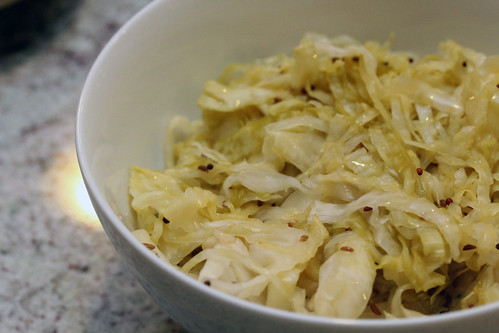
It has a more serious crunch to it than commercially sold sauerkraut, but the acid is definitely there. It's both subtler and more complex than a canned sauerkraut. And, in a big win, the first sauerkraut that Mrs. Dude actually enjoyed. She liked it!
I served it with
bratwurst on a bun. The acid and crunch go particularly well with the fat and smoke from the bratwurst. Delicious!

This is a big win.
You should make it at home. It's easy and requires little effort. Just patience, and a 30 seconds of diligence each day.
EDIT: Mar 19, 2012. Week 3, the kraut is more acidic and brighter than before. It continues to improve!
By Bbq Dude
